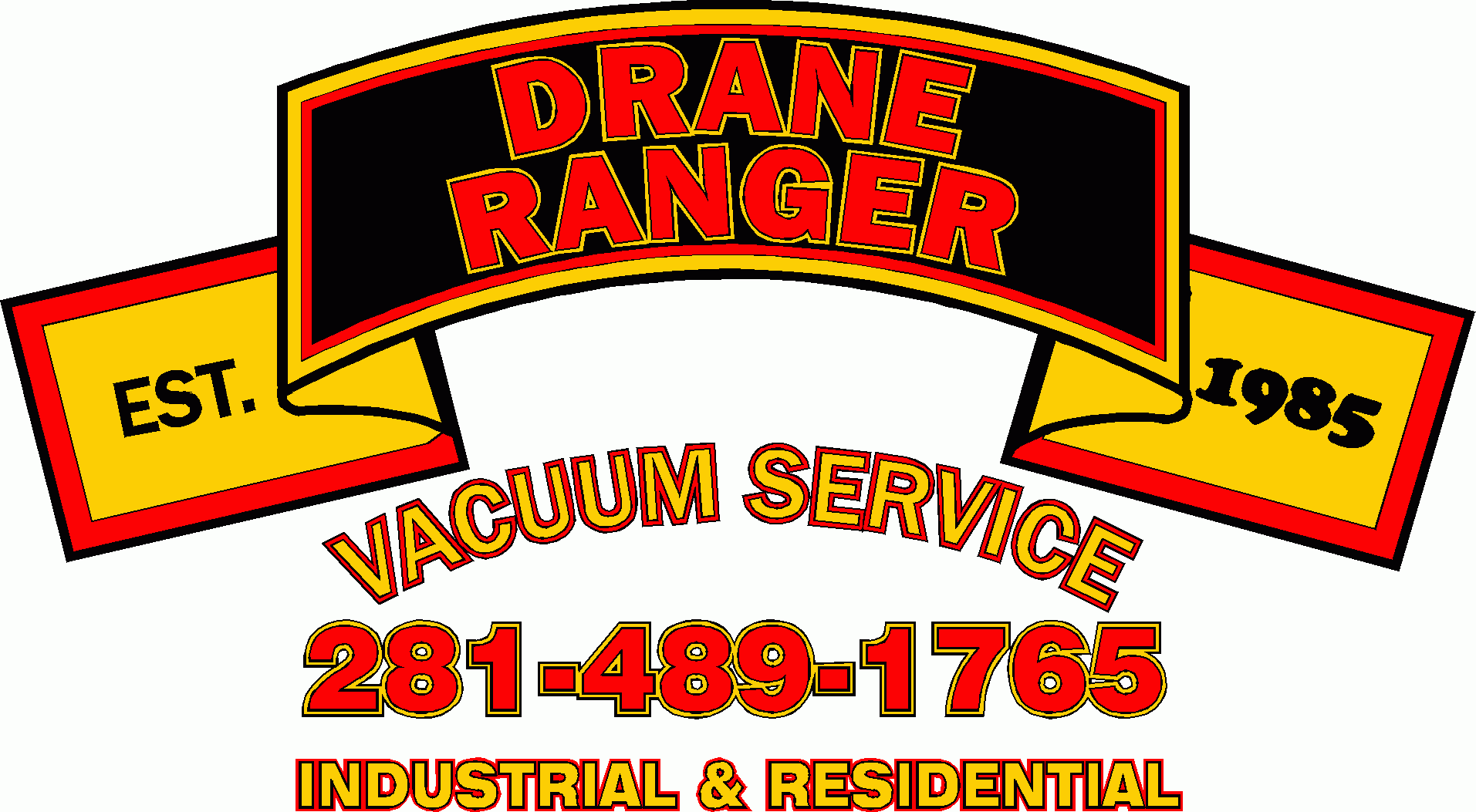Septic tank cleaning companies explain that restoring and increasing the life of a home’s septic tank requires understanding about what a septic tank is designed to do, and how it does it. Septic tank cleaning companies explain that restoring and increasing the life of a home’s septic tank requires understanding about what a septic tank is designed to do, and how it does it.
Septic tank systems are capable of taking all your household waste water, separating out the solids, breaking it down safely, and spreading the extracted water out into a drainage field, in order to ensure your waste in your home has somewhere to go and isn’t being put out onto your lawn.
A septic tank is basically an underground storage container that keeps solid wastes, until they break down naturally. This processed water (effluent) is then able to escape the tank and filter through the soil in the yard, where nature breaks it down further. That’s how it’s supposed to work.
According to septic tank cleaning companies, there are common symptoms of septic tank problems.
- drains are backing up into the home
- bad smells coming out of the drains
- over-green area in the lawn or a soggy lawn and build up of water near the septic tank
And septic tank cleaning companies also warn about some common causes of most common problems.
. Too much water. Septic tanks gradually fill with solid waste. The grey water is allowed to pass through the tank and out into the underground drain field lines in the yard. Once the tank is full of solid waste, it can cause sewage backups in the toilets or slow drains in tubs and sinks. How many people live in the house? How much wastewater goes into the septic tank? Are there extra long showers or lots of laundry? How often does the dishwasher run? They all drain into the septic tank. Each of these fixtures / appliances drains into your septic tank.
Every septic system has a certain volume of wastewater that it can safely and efficiently handle. The specific volume of the system depends on its size, but for most residential systems, it’s somewhere between 600 and 2,000 gallons of wastewater. Remember: less wastewater means longer septic tank life.
. Septic systems are not trash incinerators. All that waste flushed down the sink or toilet has to go somewhere. Hard waste, called “sludge,” accumulates at the bottom of the septic tank.
The only reliable solution is prevention. Trained professionals of septic tank cleaning companies not only do septic tank pumping but also inspect the entire septic system to ensure all the equipment is working properly.
Septic tank cleaning companies explain that how often a septic tank should be pumped depends on the capacity of the tank and how often wastewater is flushed into it. The rule of thumb is to pump the tank every three to five years. The experts at septic tank cleaning companies suggest that most homes can get about 30 years out of a septic system, with proper, routine maintenance.
When it’s running efficiently and properly maintained, the septic system will have a long lifespan.
